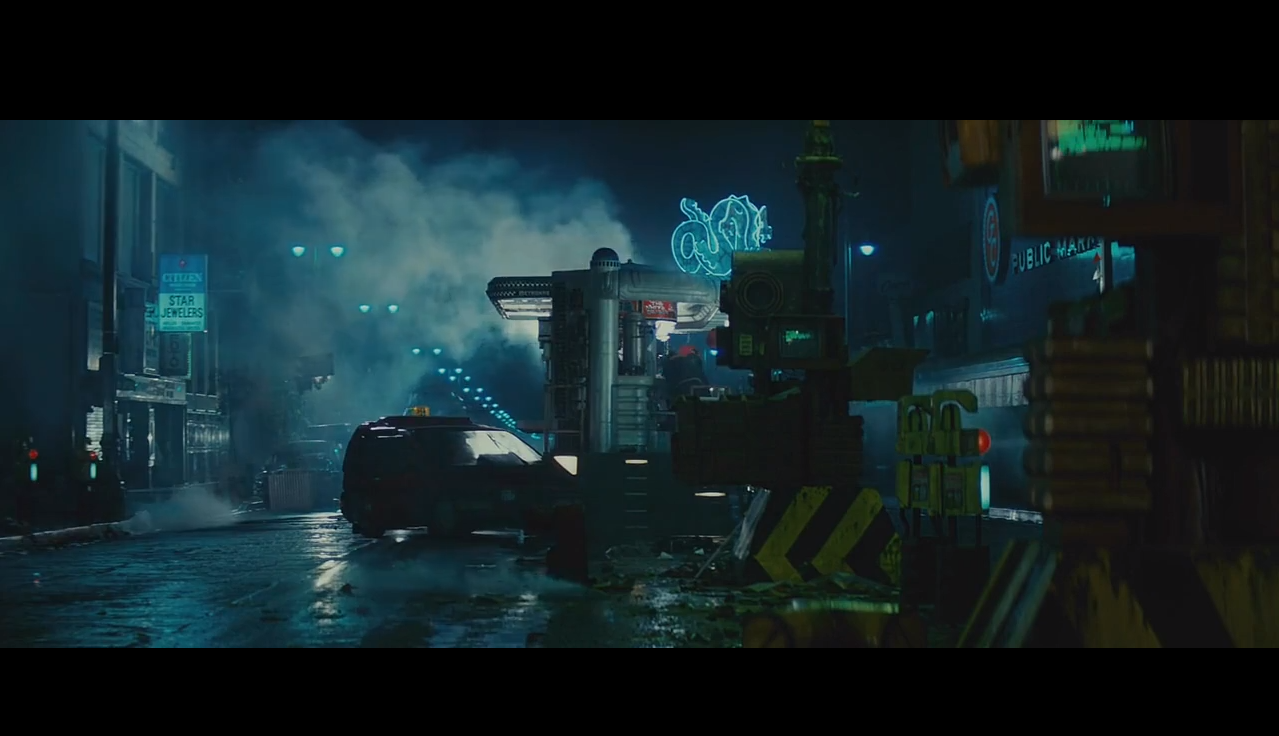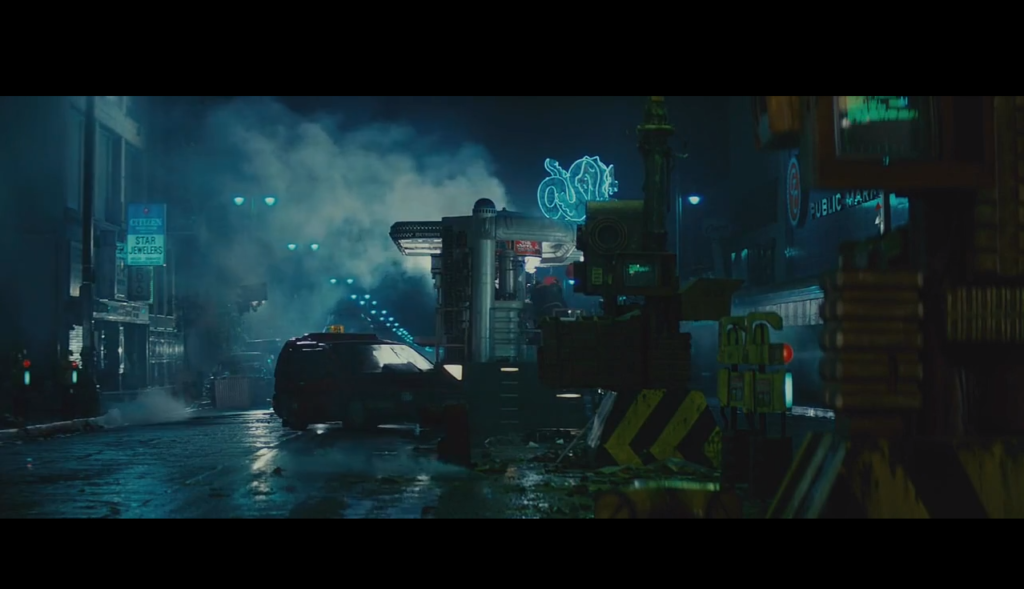
Cinematography is hard, and as a result people have often resorted to cheating. This is a praiseworthy and noble pursuit and we salute its greatest practitioners, right up to the great Ridley Scott and his careful leveraging of “dark, wet, smoke” (his words) to render Blade Runner’s moody and atmospheric images of thing-we-can’t-quite-see-what-it-is. Genius!
Sometimes, though, attempts at low-effort, high-reward camerawork can backfire. Darkness, in particular, is a double-edged sword, and something that’s sometimes incorrectly regarded as a cheat. The phrase “let it fall off into shadow” is often heard around the sets of the world’s least-expensive sci-fi movies, and in the broad strokes it makes perfect sense, engaging with some basic but powerful aspects of how the human brain works.
Your brain is making most of it up
The underlying idea is that humans actually can’t see nearly as well as they think they can. You only get a sharp view of exactly what you’re looking at. It’s not usually obvious because, as we glance at whatever interests us, it leaps into sharply-rendered focus. In reality, our brains fill in the gaps based on our knowledge of the world; most of us have had the unnerving experience of seeing something out of the corner of our eyes, getting a powerful impression of what it is, then looking again and discovering that it’s something else entirely.
Use of darkness plays with this. The fact that our brains will sketch in the details is something that can be exploited, co-opting a fully-engaged audience into filling the in the blanks in a way that uniquely satisfies everyone’s individual expectations. There’s no way that any production designer, regardless of budget or expertise, can do that. Darkness, as well as other sources of indistinctness such as fog, smoke and soft focus, can be outrageously powerful.
There are, however, a few problems.
Attack of the forty-foot butterfly
The most economically-produced shows might struggle to create darkness. Shooting at night, tenting windows and using really large lights is expensive. Darkness is really about contrast, and the background will appear dark any time it’s sufficiently darker than the foreground. We can do that by making the dark bits darker or the bright bits brighter, but that can be hard to do, especially at any scale.
It’s especially difficult in the sort of real-world locations that most competitively-priced shows are likely to suffer, finished in pale shades of tan, brown, buff, khaki and taupe. Fire light into someone’s cream-coloured lounge and watch the room light up in shades of brown. There’s only so much you can do with flags, and all of this exacerbates the tendency of thriftily-budgeted movies to use cameras with a greater tendency to fall off to brown and fill the frame with noise-strewn mud, later to be turned into a churning swamp by the limited joys of the distribution codec.
One solution to this is the inverse square law, under which we can simply place lights much closer to the things we’d like to see than the things we’d like not to see. That’s great, until we take into account the size of the average modern apartment. Scaling the whole setup down often means the lead actor will need to be duct-taped to a C-stand six inches from the keylight, liable to vary by a stop and a half in exposure upon drawing breath.
The other problem is that if we can’t see lots of the frame, what we can see had better be good. Locations which lurk in the remotest depths of the bargain basement tend to have features which are sort-of-acceptable and features which are horrendous, with only the most sparing hint of really good design elements.
It’s painfully obvious when a modestly-expensive show is particularly proud of one aspect of a location – it’ll be the architectural feature with the M18 beaming down on it like a heavenly ray cast by the deities of production design, and it’ll be in the background of half the movie. Look at me, it’ll seem to say. Don’t look in the shadows. There’s nothing for you there – just chintz curtains and a fire extinguisher we weren’t allowed to move. Filmmaking is not a school test, but it sometimes seems as if crews in these situations are anxious to show their working.
When darkness works
If you can pull off dark, great; it’s a way of making a small location look like a bigger one, or a way of hiding the plastic-framed windows for the costume drama. In an ideal world, all of the things we’ve discussed here will be avoidable, cautionary tales. In a less ideal world, we’re all aware of what happens when someone decides to shoot a rival to Alien in their buddy’s white-walled apartment and rely on sheer gloom to carry the day.

